#sergey chekhonin
Photo

Sergei Chekhonin
4 notes
·
View notes
Text

Sergey Chekhonin (1878-1936)
RED BALTIC FLEET
1919
Sergei Chekhonin is known for his work in the field of early revolutionary heraldry. At the request of the Provisional Government, he made sketches of checks of the Arkhangelsk branch of the State Bank, which were then used as money in the Northern region and were called "morzhovok" (1918-1920s). The artist was the author of a sketch of one of the first Soviet military banners, created projects of postage stamps, the state coat of arms, the seal of the Council of People's Commissars, participated in the decoration of Petrograd for the first anniversary of the revolution (decorated the Alexander Nevsky Lavra). He worked a lot in the field of agitation porcelain, in 1918 he became the artistic director of the State Porcelain Factory in Petrograd.
On the orders of the fleet, Chekhonin made drawings for the magazine "Baltic Sea Transport" - the cover of the numbers for 1918, a vignette in 1919, made the brand "Transbalt" (1918).
Wood cut print poster
Tretyakov Gallery
52 notes
·
View notes
Photo
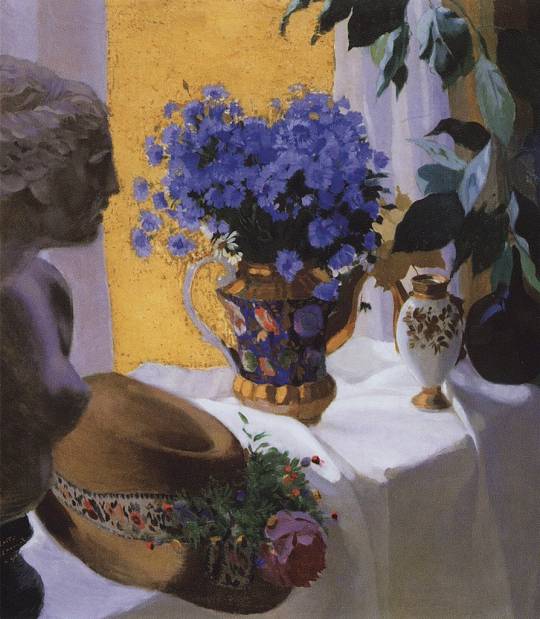
Sergey Chekhonin (Russian, 1878-1936), Still life with cornflowers, 1916. Oil on canvas
851 notes
·
View notes
Photo
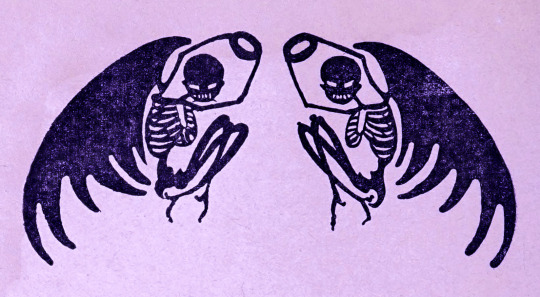
Sergey Chekhonin (1878-1936), ''Alʹmanakh'', #2, 1906
Source
#sergey chekhonin#sergei vasilevich chekhonin#russian artists#graphic artists#russian periodicals#vintage art#vintage illustration#almanakh
1K notes
·
View notes
Photo

Sergei Chekhonin (1878 - 1936) - Still Life with Chrysanthemums, Bellflowers, Cornflowers and Daisies in a White Vase. 1926. Pencil, watercolour and gouache.
72 notes
·
View notes
Photo

Fireworks, Sergei Chekhonin, circa early 20th century
Pencil and pastel on brown paper
12 ¾ x 10 ⅜ in. (32.3 x 26.4 cm)
#art#sergei chekhonin#modern art#20th century#night scene#pencil#pastel#drawing#russian#fireworks#100 notes
132 notes
·
View notes
Text

Sergei Chekhonin - Frontispiece with a floral cup with masks and a snake demon (c. 1920s)
78 notes
·
View notes
Photo

Sergei Chekhonin (1878-1936, Russian) ~ Fireworks
[Source: Christie’s]
18 notes
·
View notes
Photo


Sergei Chekhonin (1878-1936)
Vase of flowers - acrylic on silk laid down on card
Christie’s
46 notes
·
View notes
Photo
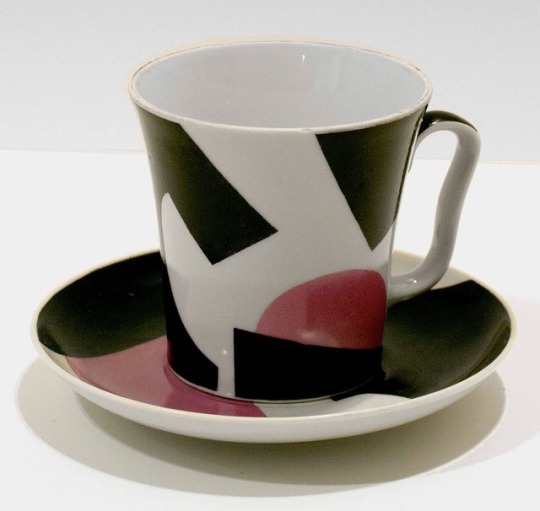
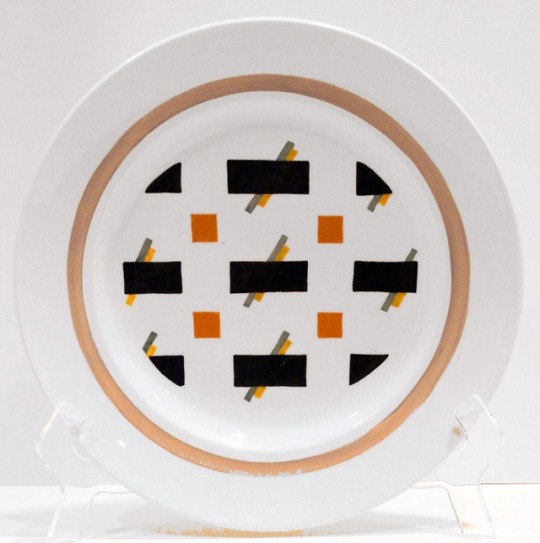




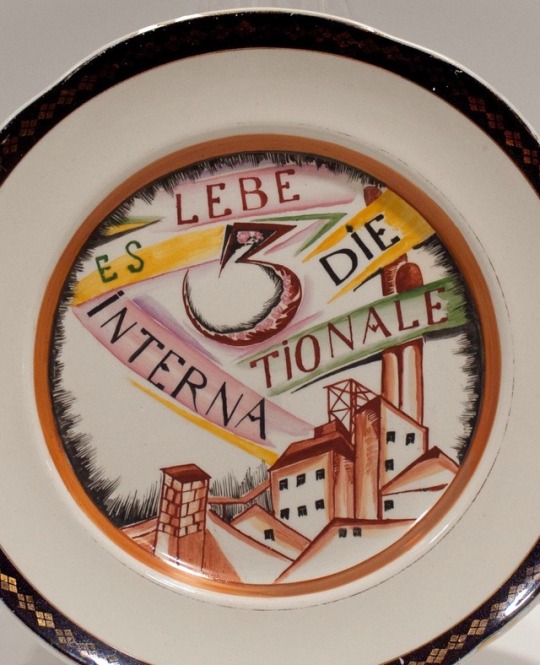

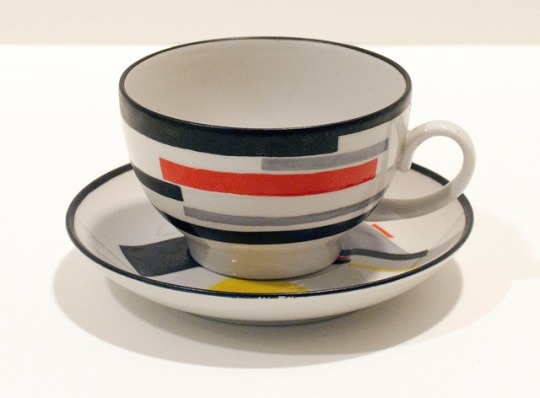

SOVIET AVANT-GARDE PORCELAIN
In the early years of the Soviet Union, radical politics and avant-garde art were united in the unlikely medium of porcelain ceramics.
In 1918, the new Soviet regime appointed artist Sergei Chekhonin to direct the newly re-organized Imperial Porcelain Manufacture near St Petersburg. The factory, which formerly catered only to the tsar’s family and the aristocracy, was charged with making high-quality ceramics available to the people. The rebranding of porcelain was also an viewed as an occasion to instill revolutionary fervor–texts and images expounding the principles of Communism and extolling the success of the new worker’s state were hand painted on to dinner plates and tea cups fired prior to 1917, and bearing the imperial stamp.
In 1923, avant-garde artists were asked to contribute designs for porcelain. Kazimir Malevich, Wassily Kandinsky, and El Lizzitsky authored multiple drawings which were then hand-transferred to porcelain by factory-trained ceramic painters. The Suprematists Nikolai Suetin, Ilya Chashnik and Ivan Puni scored major successes with brilliantly-conceived abstract patterns. Avant-gardeware was a surprise hit with the masses, far outselling figurative models and refuting the charge, soon to be made official doctrine by Stalin, that modern art was inherently elitist, decadent and antithetical to revolutionary principles.
The objects illustrated above are from a distinguished private collection of Soviet porcelain assembled in East Berlin. After the collapse of the DDR, the 60+ objects were sold to a Los Angeles dealer, who, in turn, sold the lot to a Los Angeles collector of Russian modern art in 1991. After his death in 2018, his estate is hoping to arrange a private sale of the collection.
#russian avant-garde art#soviet propaganda#imperial porcelain factory#sergei chekhonin#kazimir malevich#wassily kandinsky#natalia danko
577 notes
·
View notes
Photo

Sergei Vasil'evich Chekhonin (1878-1936), Costume Design for Humoresque. Watercolour over pencil on paper.
33 notes
·
View notes
Text
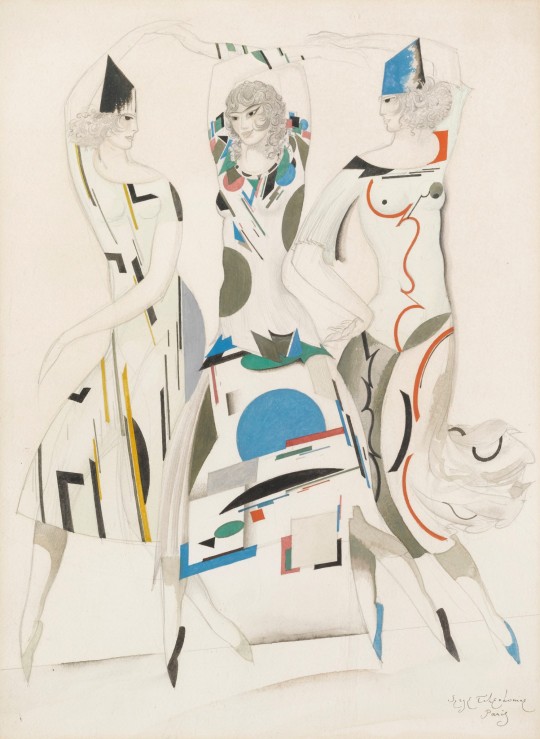
'Costume Design For Humoresque'. Sergey Chekhonin. 1878-1936.
25 notes
·
View notes
Photo

Sergei Chekhonin (Russian, 1878-1936), Neon bouquet, 1934. Colour ink on silk crepe, 48.5 x 30.2 cm
35 notes
·
View notes
Photo

Rusalka ~ illustration to the poem “Ruslan and Lyudmila” written by Aleksandr Pushkin ~ 1921/26 ~ Sergei Vasilevich Chekhonin (Russian graphic artist, 1878-1936)
46 notes
·
View notes

